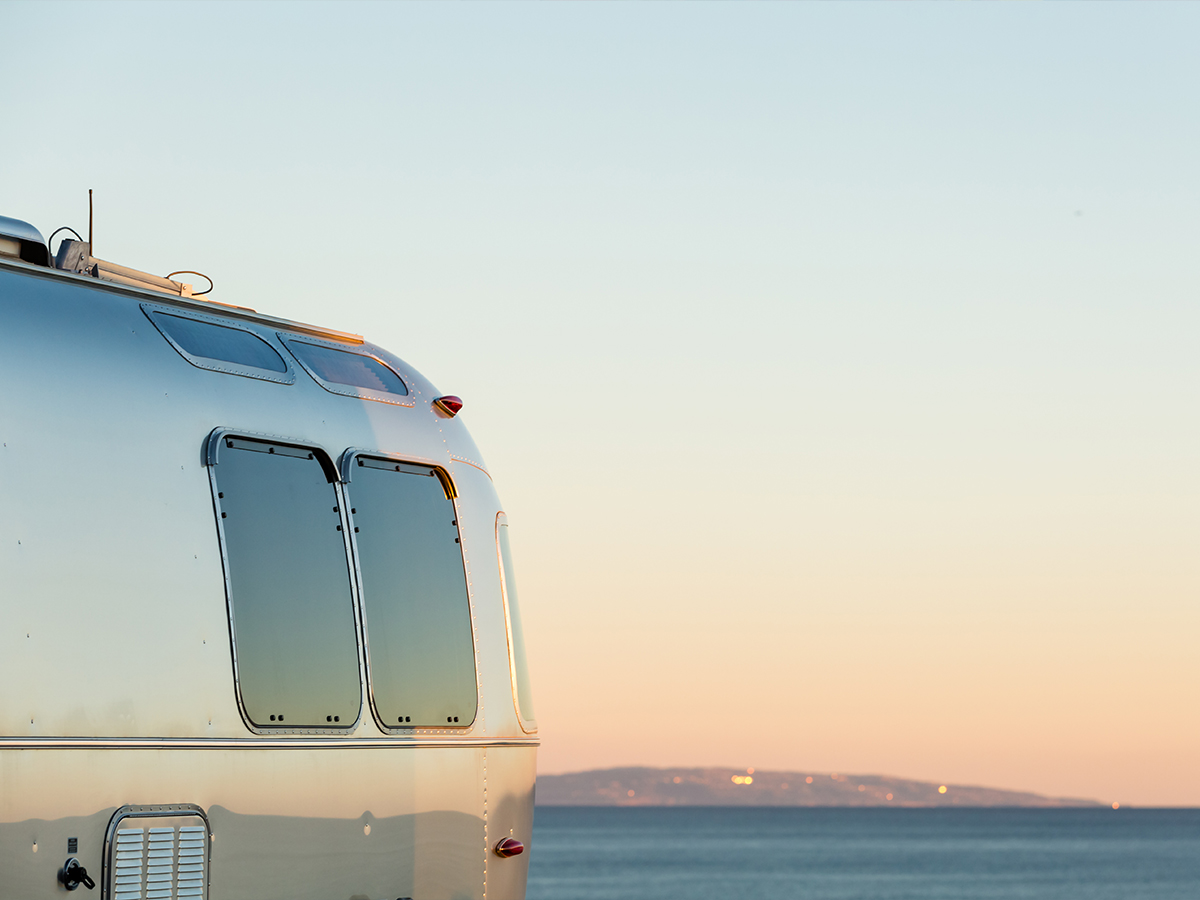
Certainly you know families who spend their summer vacations hitting one or more of the 63 national parks in the U.S. parks system. After all, with so many to take in, a summer road trip can provide ample time to take in these splendid natural wonderlands. But have you considered a visit to a national park as a wintertime adventure? Think about it – the opportunities to explore these grand lands with smaller crowds is a real plus. Not to mention less crowds may also mean more glimpses of the not-so-into-crowds local wildlife. Plan a winter escape to check out some of these national parks.
Mt. Rainier National Park (Washington): Truly a winter wonderland, Mt. Rainier National Park is a snow-lover’s playground. You can do a ranger-guided snowshoe walk, hike a woodland trail, sled, snowboard, ski, and snowmobile. Glimpses of wildlife at Mt. Rainier National Park could include foxes, deer, and elk. Don’t miss a visit to Longmire, located within the park, which was the original homestead land of Northwest pioneer James Longmire and has more than 50 structures listed on the National Register of Historic Places.
Saguaro National Park (Arizona): Winter is the perfect time to visit this 92,000-acre national park situated in the Sonoran Desert that is home to the giant saguaro cacti, the largest found in the U.S. Daytime temps average a mild 65 degrees. The park is split into two sections – Saguaro National Park East and Saguaro National Park West, with the city of Tucson basically in the middle. You can choose to drive the 6-mile Bajada Loop, hike to see petroglyphs on the Signal Hill Petroglyph Trail (about a quarter mile round trip), or walk among the cacti on the Valley View Overlook Trail.

Dry Tortugas National Park (Florida): This national park is actually made up of seven islands in the Gulf of Mexico. You can only reach it by boat or seaplane! Both seaplane charters and tour charters, as well as the Yankee Freedom Ferry, which runs daily, are available from Key West. November to April is considered dry season here as there is less than two inches of rainfall per month; this is also when the area experiences mild temperatures, ranging from the mid-60s to mid-70s daily. What to do here? Make your way to Garden Key to visit historic Fort Jefferson, a military fort built in the 1800s, considered to be the largest brick building in the western hemisphere. Loggerhead Key is great for snorkeling and is the site of a shipwreck and also home to an abundance of sea turtles.
Yosemite National Park (California): Imagine taking a spin around the ice with a backdrop the of snow-covered granite peaks of Yosemite. Curry Village Ice Rink is open daily from December to March (weather permitting). Winter at Yosemite also brings the opportunity for snowshoeing, snow tubing, skiing (both downhill and cross country), and snowboarding. Hiking is always an option as is birding and taking great shots of the snow-covered scenery. Fun fact: 77% of the annual visitors to Yosemite come in the summer months, so if you go in winter, it just may seem like you have this majestic park all to yourself.

